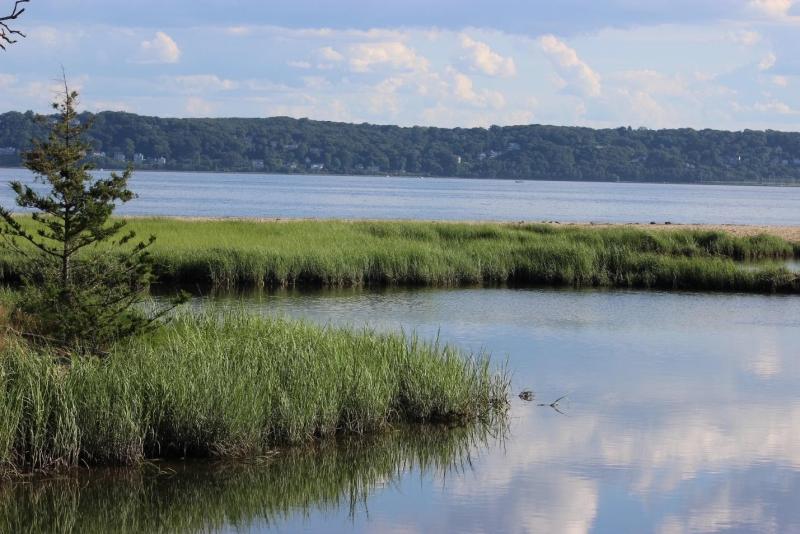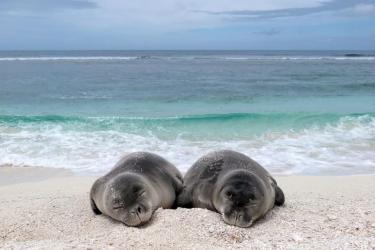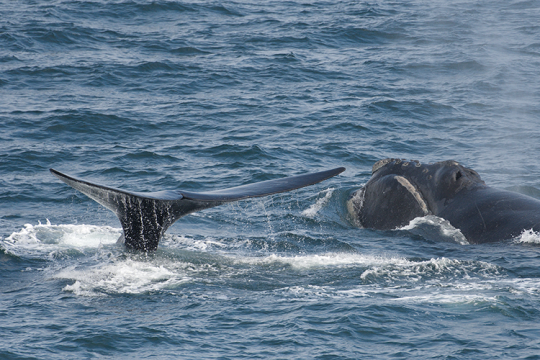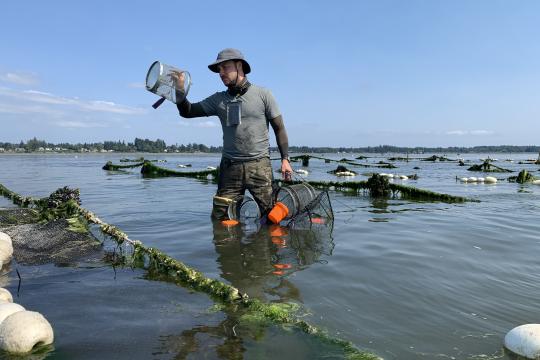Through early April, NOAA is taking a court-side look at how we protect and restore marsh habitat to sustain fisheries, recover protected species, and maintain resilient coastal ecosystems and communities. Take a look at our marsh habitat features and follow #MarshMadness on @NOAAHabitat!
A New Marsh in Western Louisiana Takes Shape for Fish, Birds, and People
The 392-acre marsh off Calcasieu Lake is made possible by funds from a 2006 oil spill case.
Learn about the new marsh in Louisiana
Community Comes Together to Replant a Restored Marsh in North Carolina
Marsh restoration in the Cape Fear River Basin is helping to improve water quality and offer storm protection.
Read about marsh restoration in North Carolina
New Plan Outlines Strategies for Conserving South Atlantic Salt Marsh Habitat
The South Atlantic Salt Marsh Initiative has released a plan for conserving approximately 1 million acres of salt marsh threatened by climate change.
Plan to conserve 1 million acres of salt marsh
Louisiana Living Shoreline to Protect Levees, Restore Wetlands, and Reconnect People to the Coast
With $4.5 million in funding from NOAA under the Bipartisan Infrastructure Law and Inflation Reduction Act, Jefferson Parish is building the first living shoreline to protect a federal levee system.
Living shoreline will create a healthy ecosystem for fish and people in Louisiana
New Project to Develop a Wetland Restoration Design for Guinea Marsh
Wetlands are a vital and productive part of the Chesapeake Bay ecosystem. They provide habitat for many fish and wildlife species and can help protect communities by serving as a shoreline buffer. Unfortunately, the Middle Peninsula of Virginia is experiencing a high rate of wetland loss due to increasingly intense coastal storms, sea level rise, and land subsidence (the gradual sinking of the land). A new project in the Middle Peninsula Habitat Focus Area aims to restore healthy wetlands.
Wetland restoration in the Middle Peninsula of Virginia
Settlement Proposed to Restore Wetlands, Floodplains, and Riverbank Along the Raritan River, New Jersey
In 2023, the U.S. Department of Justice released a proposed legal settlement to compensate the public for natural resource injuries from hazardous substances released in Bridgewater, New Jersey. Under the settlement, partners will create 112 acres of forested floodplains and vernal pools. Walking trails with interpretive signage adjacent to the restored area will provide increased access to nature for local communities, including communities disproportionately affected by the pollution.
Read more about habitat restoration under the proposed legal settlement
5 Lovely Reasons Why We "Heart" Estuaries
Estuaries, where rivers meet the sea—have marshes, mangroves, swamps, deltas, and floodplains—that all provide valuable benefits to fish, protected species, and communities.
Read more about why we love them and how we work to conserve, protect, and restore them
Protecting Coastal Blue Carbon Through Habitat Conservation
By absorbing and storing carbon dioxide, coastal habitats (like marshes) play an important role in protecting the climate.
Infographic: The Value of Coastal Wetland Habitat
Nearly 80,000 acres of coastal wetlands are lost in the United States each year to development, draining, erosion, and sinkage. That’s close to 70 basketball courts every hour.
See the results of our efforts to protect and restore wetland habitats














